COMPUTER GUIDED IMPLANTS - NON-SURGICAL IMPLANTS
Guided implant procedure which is painless, operation-free and quick (lasting about an hour), and does not require cutting into the gums and the necessity of remedial stitches.
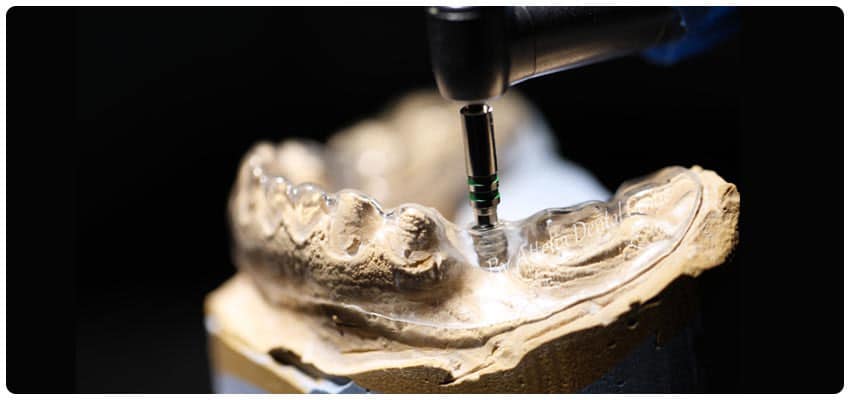
Since the year 2000 Attelia Dental Clinic in Turkey has been treating patients from abroad for dental implants and other procedures. The founder of our clinic, Dr. Mehmet İşlek, was the first dental physician to bring the advanced technology and know-how of Computer-Guided Implants to Antalya.
This system of non-surgical implants is painless and doesn’t involve cutting into the gums, and the required stitches to close the wound. For those patients who have an adequate bone thickness and density, dental implants can be introduced using the Computer Guided Implant system, and unlike many dental clinics, the patient will not be expected to pay extra charges for this treatment.
Dr. Mehmet İşlek has 38 years of dental experience and is the holder of over 65 dental certificates. He has appeared on many television programmes to explain the Computer Guided Implant method and is held in high esteem for his work in this field.
Our modern clinic here in Turkey is equipped with the most advanced internationally available dental technology. Utilised by experienced dental physicians and allied technical staff, this technology includes ‘dental simulation’ programming, ‘surgical guide’ applications, and computer-assisted ‘three-dimensional imaging’ implant scanners, all of which create absolute accuracy, and remove all risks to the patient!
What is a Computer Guided Implant?
A Computer Guided Implant uses 3/D Volumetric Tomography images, which are then fed into a dental simulation program. The procedure is painless, operation-free and quick (lasting about an hour), and does not require cutting into the gums and the necessity of remedial stitches.
Computer Guided Implantology is commonly used today and has proven to be a very successful and very safe form of treatment.
Guided Implant planning is based on three-dimensional images to eliminate all uncertainties and risks. The main advantage provided by this technology is the ability of the dental specialist to plan the procedure before it is applied to the patient, thus eliminating errors before the treatment commences
Free Dental Treatment Plan
Please click here to learn about personal FREE dental treatment plan and total cost
What is the process for Computer Guided Implants?
As ‘New Teeth Turkey’ we keep up with all the latest technological advances in implant dentistry, and one of these is the use of Computer-Guided Implantology with the allied surgical guides.
Firstly, measurements are taken of the patient’s lower and upper jaws. Then, using our Volumetric Tomography Scanner, three-dimensional images are taken of the patient’s mouth area. These results are fed into a three-dimensional simulation program where treatment options are then added by the dental physician, and a plaster cast of the jaw is made. Close examination of the plaster cast is undertaken by our dentist and dental technicians who will make any necessary changes to angles and positions.
The final planning guide of the jaw is prepared as a gingival (gum) overlay, known as a surgical guide, and is delivered to the dental physician. Then, if the patient’s bone structure is sufficient, the surgical guide is placed into the patient’s mouth, and the operation can go ahead without any cutting into the gums, and therefore removing the need for stitches afterwards.
The surgical guide and the competence of the dentist are very important factors in the implant procedure. If an implant is incorrectly placed into the jawbone at the wrong position or angle, the chewing function will be interrupted, and the implant will not integrate properly with the gums, causing a crooked final result.
What are the advantages of a Non-Surgical Implant procedure?
- The duration of the operation is shorter – an implant can be positioned in ten minutes.
- Bleeding is minimal because there is no incision into the gums. Good news for patients who use blood thinners!
- With no incision, there is no need for stitches.
- The patient will not suffer from swelling after treatment.
- The patient will not feel any pain during and after the operation.
- The risk of infection is very low.
- A surgical procedure is not required.
Who is suitable for a Non-Surgical Implant?
Using the technology available in our clinic, our experienced dental physicians will evaluate the patient’s jawbone structure, and if this is sufficient the non-surgical can proceed. Where there has been any degradation in the bone structure, usually in older patients, or those with a condition that causes bone loss, regular implant surgery can be considered after bone replacement therapy.
Dental Volumetric Tomography and Non-Surgical Implants
In the past, dentists have been using two-dimensional methods for dental imaging; such as Water’s graphics, periapical, occlusal and panoramic radiography. Today, when we consider the newer, state-of-the-art 3/D Tomography technologies available, these methods are considered insufficient for ‘depth and volume’ on their own. It is this ability to sense the ’depth and volume’ that are very important in diagnosing, treatment and follow up of non-surgical implantology. Three-dimensional Volumetric Tomography imaging can aid the dentist in other areas as well, such as; studying impacted teeth, the nervous system and other anatomical details.

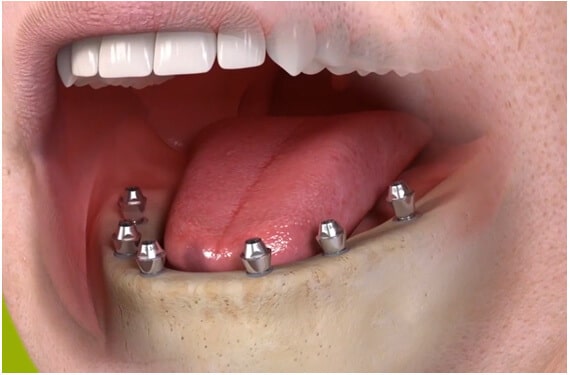
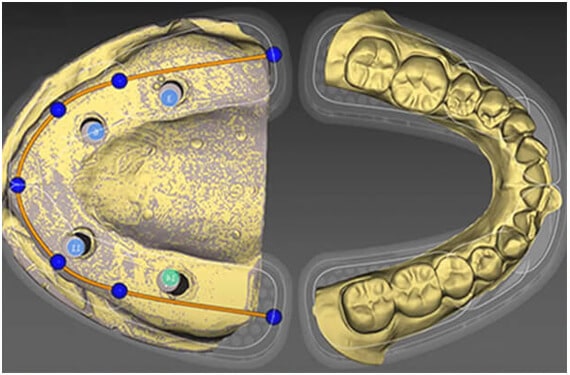
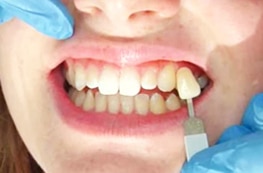


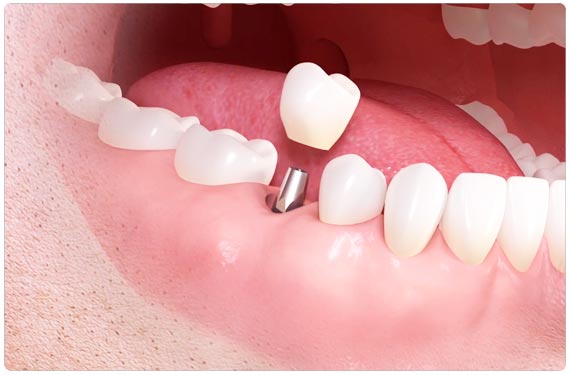
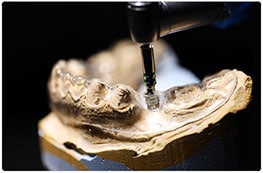
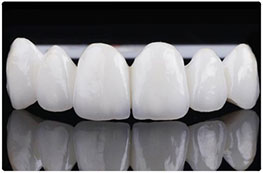
Stay Connected: